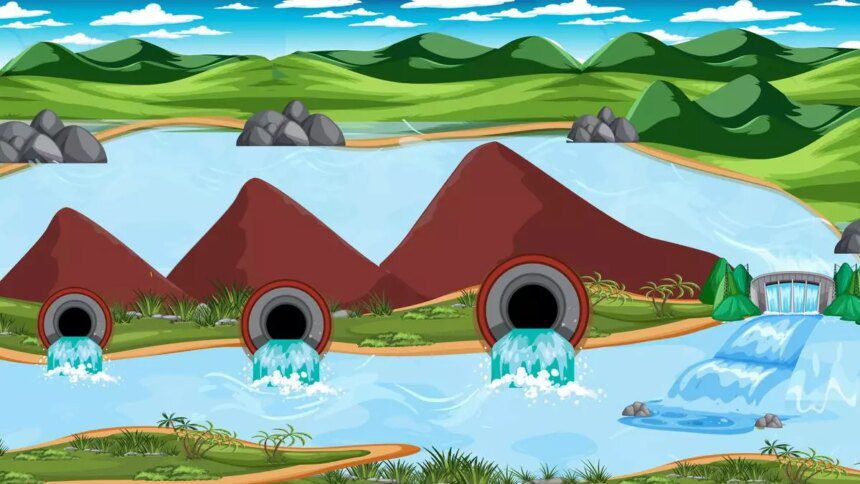China’s Medog project on the Yarlung Tsangpo river has raised concerns among neighboring countries, including India. This massive 60 GW clean energy hydroelectric project has the potential to generate 300 billion kWhr of electricity, but the lack of transparency surrounding the project has left many wary of its implications.
The project involves the construction of a dam on the Yarlung Tsangpo river, which China claims is a run-of-the-river project. However, the exact details of the dam, including its height and potential impact on downstream regions, remain unclear. The project aims to take advantage of the unique geography of the Great Bend, where the river makes a sharp U-turn before flowing south towards India.
India has expressed concerns about the project potentially reducing the flow of water into its territory, but experts suggest that the fears may be unfounded. The Yarlung Tsangpo river contributes only a small percentage of water to the Brahmaputra river, which is fed by numerous tributaries within India. Additionally, there are doubts about China’s intentions to divert water for other regions, as they have not done so with previous dam projects on the river.
While there are legitimate concerns about the environmental and geopolitical implications of the Medog project, it is essential to await further details before passing judgment. In the meantime, India has proposed its own project to address potential water shortages in the Siang river and protect against any sudden flooding from China. Ultimately, a balanced approach that considers the interests of all parties involved will be crucial in addressing the uncertainties surrounding the Medog project.










